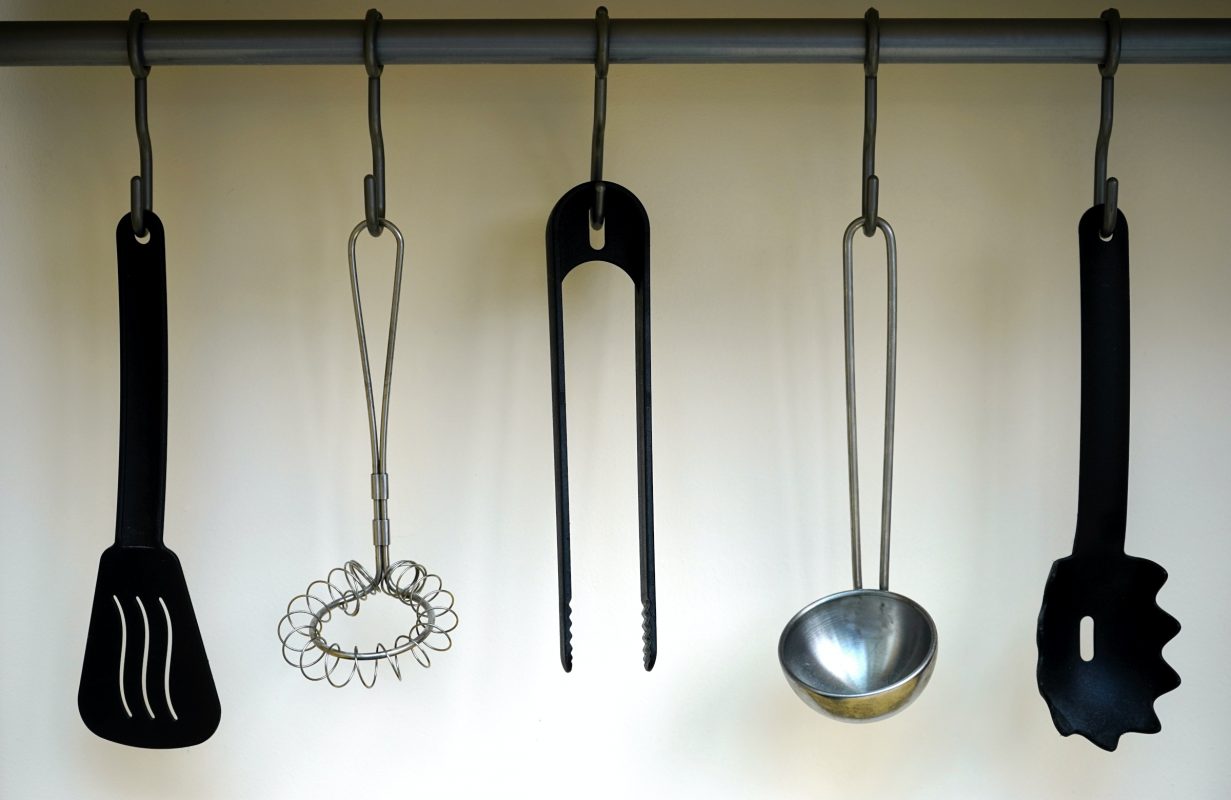Audio Accessories and Tools, Audio Equipment Guides, Creative Soundscapes, DIY Audio Projects
Creative Soundscapes: 5 Everyday Objects Turned into Unique Audio Instruments
Introduction to Creative Soundscapes
In our previous blog post, we introduced you to the world of audio hacking and the basics of repurposing everyday objects for sound creations. Now, it’s time to take a closer look at some fascinating examples of audio hacking in action. In this post, we’ll explore five everyday objects that have been transformed into unique audio instruments, complete with step-by-step guides and musical applications for each.
Object #1: Hacked Toy Keyboard
The Concept: Toy keyboards are an excellent starting point for audio hacking. With their simple electronic components and quirky sound palettes, you can easily modify them to create new and unexpected sounds.
Step-by-Step Guide:
- Disassemble the toy keyboard, exposing the circuit board.
- Locate the resistor controlling the pitch and replace it with a variable resistor (potentiometer).
- Experiment with additional modifications, such as adding switches or connecting points on the circuit board to create unique sound glitches.
Musical Applications: Use your hacked toy keyboard as a standalone instrument, or process its sounds through effects pedals and recording software to create otherworldly soundscapes.
Object #2: DIY Contact Mic Drum
The Concept: By attaching a contact microphone to a repurposed container or surface, you can create a unique percussive instrument that captures a wide range of textures and timbres.
Step-by-Step Guide:
- Choose a resonant object, such as a plastic bucket, metal tin, or wooden box.
- Attach a contact microphone to the object using double-sided tape or a strong adhesive.
- Experiment with different playing techniques, such as tapping, scraping, or bowing the object to produce diverse sounds.
Musical Applications: Incorporate your DIY contact mic drum into your existing drum setup or use it as a standalone instrument for experimental percussion performances and recordings.
Object #3: Repurposed Kitchenware Percussion
The Concept: Kitchenware offers a wealth of sonic possibilities. Pots, pans, utensils, and even appliances can be used to create an array of percussive sounds.
Step-by-Step Guide:
- Explore your kitchen and select items with unique sonic qualities, such as metal pots, glass jars, or wooden spoons.
- Arrange your kitchenware items in a way that facilitates easy playing, such as hanging them from a rack or placing them on a table.
- Use drumsticks, mallets, or your hands to experiment with different playing techniques and discover the full range of sounds your kitchenware percussion can produce.
Musical Applications: Use your repurposed kitchenware percussion as a standalone instrument or incorporate it into your existing percussion setup for added variety and texture.
Object #4: Modified Electric Fan Wind Instrument
The Concept: An electric fan can be transformed into a wind instrument by modifying its blades to produce specific pitches when spinning.
Step-by-Step Guide:
- Remove the protective grill from the electric fan.
- Experiment with attaching various lightweight materials to the fan blades, such as strips of paper, plastic, or metal. Different materials and shapes will produce different pitches and timbres.
- Reassemble the fan and plug it in. Adjust the fan speed to change the pitch and volume of the sounds produced.
Musical Applications: Use your modified electric fan wind instrument as a unique sound source for ambient music, sound design, or experimental performances.
Object #5: DIY Stethoscope Microphone
The Concept: A stethoscope can be repurposed as a sensitive contact microphone, capable of capturing the subtle vibrations and resonances of various objects.
Step-by-Step Guide:
- Remove the earpieces from a stethoscope.
- Attach a small microphone, such as a lavalier mic or a piezo disc, to the stethoscope’s chest piece using tape or adhesive.
- Connect the microphone to your audio recording device using an appropriate cable and adapter.
- Experiment with placing the stethoscope microphone on different objects, such as walls, windows, or instruments, to capture their unique vibrations and resonances.
Musical Applications: Use your DIY stethoscope microphone for sound design, experimental music, or field recording projects, where capturing subtle vibrations and textures is essential. It can also be an excellent tool for exploring the hidden sonic world of everyday objects.
Conclusion and Preview of Upcoming Blog Post
With these five examples, you’ve seen how everyday objects can be transformed into unique audio instruments through audio hacking. The possibilities are truly endless, limited only by your imagination and creativity. In our next blog post, we’ll dive into advanced audio hacking techniques, including circuit bending and beyond. Stay tuned to continue expanding your sonic horizons and uncovering new ways to create captivating soundscapes from the world around you.

